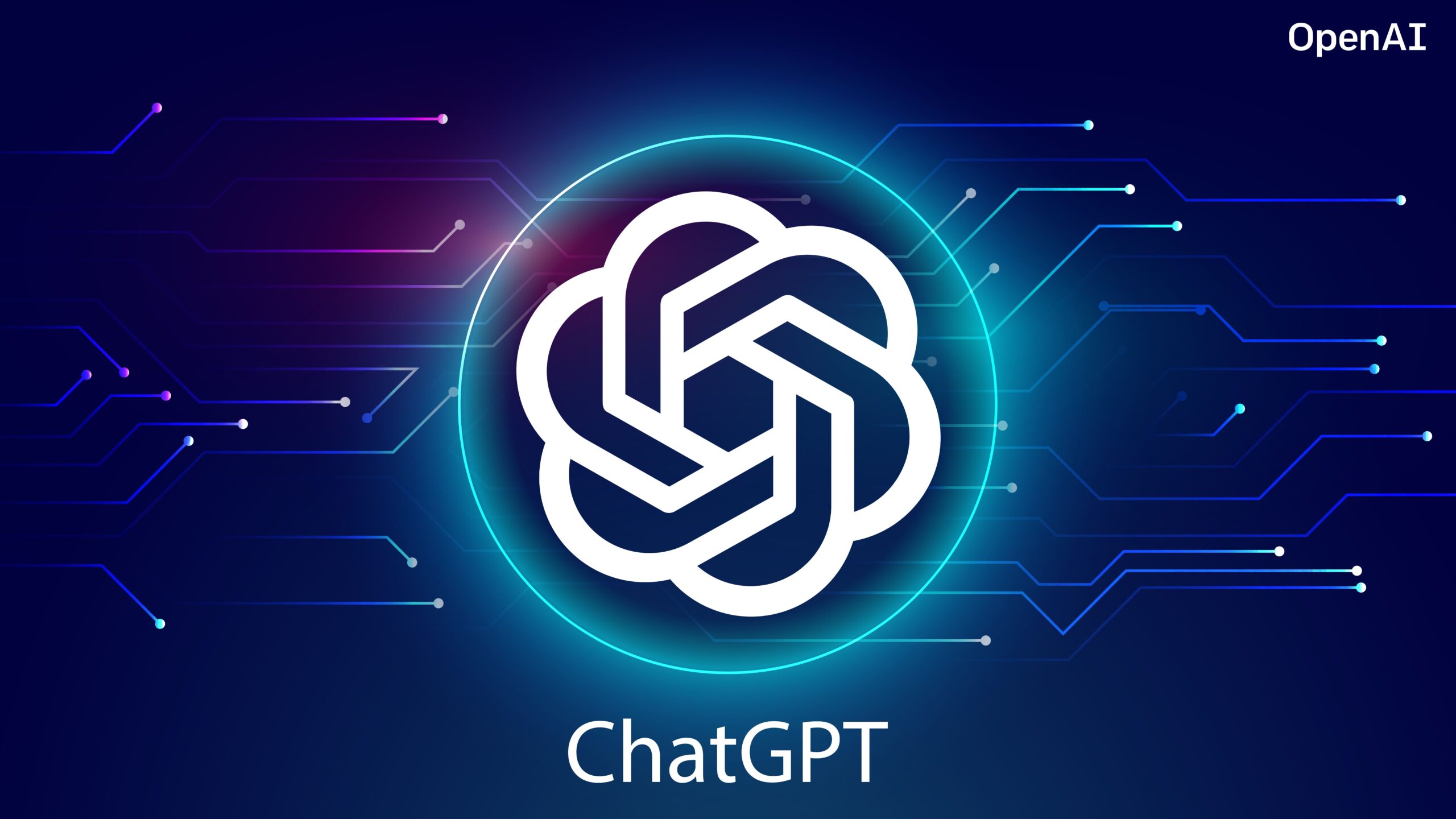What is ChatGPT?
ChatGPT is a large language model developed by OpenAI, trained on a massive amount of data to generate human-like responses to natural language input.
How does ChatGPT work?
ChatGPT works by using a technique called deep learning, specifically a type of neural network called a transformer. It takes in natural language input and generates responses based on patterns and relationships learned from the data it was trained on.
What can ChatGPT be used for?
ChatGPT can be used for a wide range of tasks, such as answering questions, generating text, completing sentences, summarizing text, and more.
How accurate is ChatGPT?
The accuracy of ChatGPT depends on various factors, including the quality and relevance of the data it was trained on, the complexity of the task at hand, and the amount of fine-tuning it has undergone. In general, though, ChatGPT is capable of generating high-quality responses that are often indistinguishable from those of a human.
Can ChatGPT replace human customer service representatives?
While ChatGPT is capable of generating responses that are often indistinguishable from those of a human, it is not yet advanced enough to completely replace human customer service representatives. Human customer service representatives are better at handling complex or emotional situations, and they can also provide a personal touch that is difficult to replicate with a machine.
Is ChatGPT biased?
ChatGPT is a machine learning model, which means that it can be biased if the data it was trained on is biased. OpenAI takes steps to mitigate bias in its training data and algorithms, but it is still important to be aware of the potential for bias and to address it as necessary.
How can I improve my interactions with ChatGPT?
To improve your interactions with ChatGPT, try to be clear and specific with your questions or prompts. Also, provide context when necessary to help ChatGPT better understand what you’re asking. Finally, if you’re not satisfied with ChatGPT’s response, try rephrasing your question or prompt in a different way.
Can we use chat gpt in coding
Yes, ChatGPT can be used in coding. It can be used for a variety of applications in natural language processing, including text completion, translation, and sentiment analysis. For example, ChatGPT can be used to generate code snippets or to complete code syntax based on natural language prompts or queries. It can also be used to improve the accuracy of code documentation or to help with code debugging. In addition, ChatGPT can be integrated into chatbots or virtual assistants that provide programming help or support. Overall, ChatGPT has the potential to make coding more efficient, accessible, and user-friendly.
Can we use chat gpt in video Editing
Yes, ChatGPT can be used in video making. It can be used for applications such as generating video subtitles or captions, creating voiceovers, or generating video scripts. For example, ChatGPT can be used to generate a script for a video based on a given topic or prompt. It can also be used to automatically generate subtitles or closed captions for a video based on the spoken content. In addition, ChatGPT can be used to create voiceovers for videos by generating natural-sounding voice recordings based on text prompts. Overall, ChatGPT has the potential to make video making more efficient, accurate, and accessible.
Can we use chtgpt in blogging
Yes, ChatGPT can be used in blogging. It can be used for a variety of applications, including generating blog post topics, providing content suggestions, or generating outlines or drafts for blog posts. For example, ChatGPT can be used to generate a list of potential blog post topics based on a given keyword or topic. It can also be used to provide content suggestions or to help generate outlines or rough drafts for blog posts based on user input. In addition, ChatGPT can be used to improve the overall quality and readability of blog content by suggesting improvements to grammar, tone, or structure. Overall, ChatGPT has the potential to make blogging more efficient, productive, and engaging.



